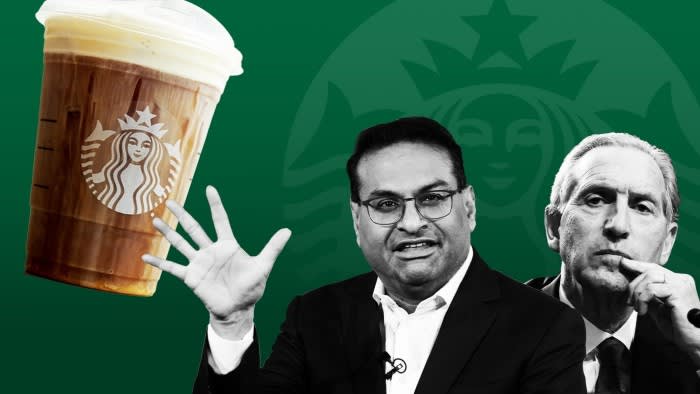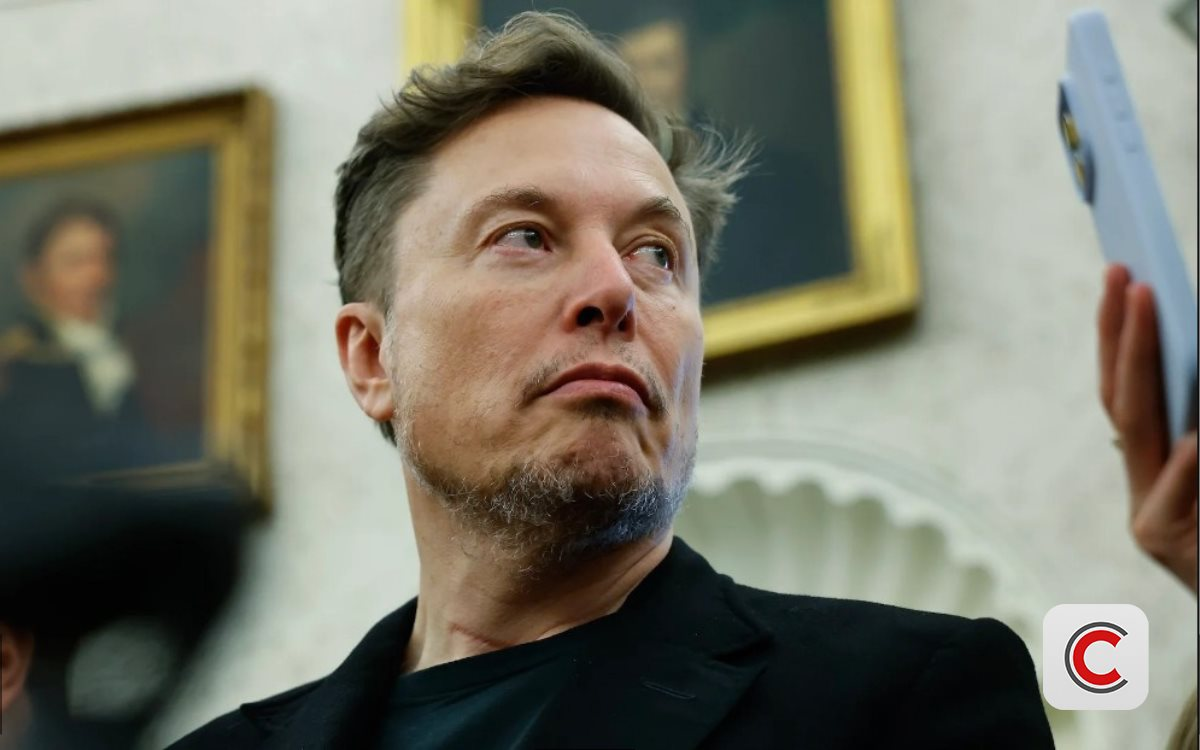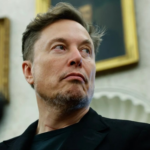Laxman Narasimhan faced an uphill battle when he took over as Starbucks’ CEO last year.
His immediate predecessor, Howard Schultz, had just completed his third stint as CEO since building the world’s largest coffee chain in the 1980s. In contrast, Narasimhan was an outsider, a former McKinsey consultant, and most recently, an executive at the UK-based consumer goods conglomerate Reckitt Benckiser.
Narasimhan is now under pressure from at least four fronts. Elliott Investment Management, an activist investor, has been pushing for changes after Starbucks’ stock decline. Narasimhan’s subordinates have been locked in negotiations with a barista union demanding higher wages and improved working conditions.
Starbucks’ sales have also declined for the first time since the start of the Covid pandemic. Inflation-hit consumers have been buying fewer drinks and meals. Some have even boycotted Starbucks over political views, and sales in China, a critical growth market for the company, have also dropped.
Analysts predict same-store sales will continue to fall as Starbucks reports its Q3 earnings on Wednesday.

Things got so bad that even Schultz spoke up. “I don’t think we’re in a good place right now,” Schultz said on the Acquired podcast last month. He also asserted that he is “not the savior” but still understands Starbucks’ inner workings “better than anyone.”
TRIAL BY FIRE
Narasimhan was appointed CEO in September 2022 but did not succeed Schultz until March 2023. He spent the intervening months touring the company’s cafes, often working behind the counter in a green apron.
Seven months later, he unveiled a strategy with a name that evokes one of his custom orders, “Triple Shot Reinvention with Two Pumps.” The plan includes opening eight new stores per day worldwide, attracting tens of millions of new customers to its rewards program, cutting $4 billion in costs, and raising barista pay.
Subsequently, “results were almost immediately below expectations,” JPMorgan Chase analysts wrote earlier this year. The company cut financial guidance in January and again in April.
Narasimhan explained to CNBC in May that, “What we haven’t done enough of is really attack the frequency of our customers by delivering and communicating value to them in a much more aggressive way.”
A few days later, Schultz responded with a LinkedIn post lamenting Starbucks’ “meltdown.”
“Senior leaders—including board members—need to spend more time with green apron partners,” he said.
Schultz is Starbucks’ sixth-largest shareholder, and some employees remain fiercely loyal to him. Others disagree: Narasimhan inherited tense labor relations as workers complained about understaffing and low wages. Workers United, a union opposed by Schultz, now represents baristas in over 470 US stores.
Ambitions in China, where Schultz aimed to open a store every nine hours, are also being challenged by cheaper local chains like Luckin, which now has twice as many stores as Starbucks in that country.
Starbucks has maintained its premium pricing in China, but elsewhere, there are signs of a greater focus on “value.” In the US, they’ve increased promotions like “50% off Fridays” in May and $5 coffee and croissant duos. They’ve also made changes to reduce customer wait times and ease the burden on baristas handling complex orders during busy parts of the day.

“In the current consumer environment, we’re focused on what we can control,” a spokesperson said. “We are executing against our plans of action, including improving store operations, delivering compelling new products, and ensuring the experience we create for our customers everywhere remains worthy.”
Narasimhan has also reorganized Starbucks’ upper ranks along geographic boundaries “to accelerate the reinvention of the company,” appointing Michael Conway as CEO of North America and Brady Brewer as CEO of the international division in March. Former executives say both are seen as strong contenders for potential future CEO positions.
Depending on Starbucks’ performance, there could be more changes to come.
“My conversations with investors indicate a growing level of dissatisfaction with management,” said Danilo Gargiulo, a restaurant analyst at Bernstein.
How Narasimhan handles the negotiations with Elliott will be a test of whether he can appease other investors who have seen $30 billion in market capitalization evaporate during his tenure.
Meanwhile, Schultz has said he has no plans to return to lead Starbucks for a fourth time, telling the Acquired podcast, “I’ve made it clear to Laxman that Howard Schultz has no desire or intention to return as CEO of Starbucks.”
Some are skeptical. “Starbucks is his baby,” said a former senior executive of Schultz. “He can’t let go and hand it all over to someone else.”
“There’s always the risk he’ll come back.”
By: Financial Times
Techcombank joins hands with Starbucks Vietnam to bring “Warm Tet from the heart” to customers
Techcombank, one of the leading commercial banks in Vietnam, has announced a comprehensive partnership with Starbucks Vietnam to provide an exclusive experience for customers from both sides. In addition to accepting membership cards and cash, customers can now make seamless payments for products and services at Starbucks Vietnam using Techcombank Visa cards, with attractive benefits.
















